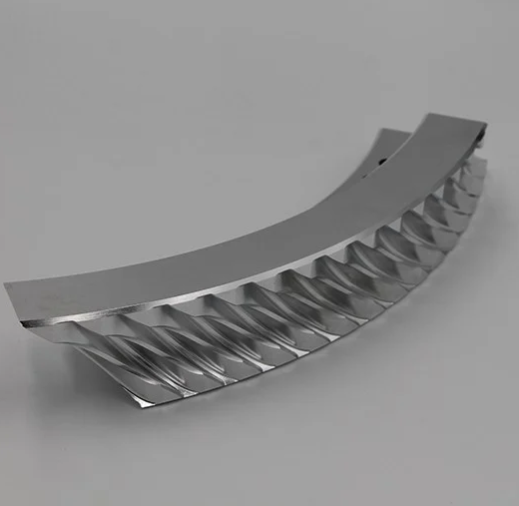As CNC machining continues to grow in popularity, it's important to be aware of common mistakes and take steps to avoid them. In this article, we'll discuss some of the most common CNC machining mistakes and how to avoid them.
Using incorrect cutting parameters is a common mistake that can lead to poor surface finish, tool wear, and damage to the part being machined. Different materials require different cutting speeds, feeds, and depths of cut, so it's essential to research optimal cutting parameters or consult with a cutting tool supplier. Other factors to consider include the type of cutting tool being used, the type of material being machined, and the machine's horsepower and torque capabilities.
Neglecting tool maintenance is another common mistake that can lead to decreased tool life and poor surface finish. Over time, cutting tools can become dull, chipped, or worn out, and failure to replace them when necessary can cause increased tool wear and reduced tool life. To avoid this mistake, regularly inspect cutting tools for signs of wear or damage and replace them as needed. It's also important to use the correct lubrication or coolant for your cutting tools to keep them operating at their best.

Incorrect workpiece setup is another common mistake that can lead to poor surface finish, tool wear, and damage to the part being machined. Before machining, it's important to properly locate and secure your workpiece using precision measurement tools. If the workpiece is not aligned correctly or securely in place during machining, it can cause inaccurate cuts and damage to the part. Use clamping devices or other secure methods to hold the workpiece in place.
Poor fixture design can lead to misalignment, poor surface finish, and damage to the part being machined. Fixtures should be designed with precision and accuracy in mind, using high-quality materials and techniques. Consider the weight and size of the part being machined, the clamping force required to hold it in place, and any potential forces that could be applied during machining. A well-designed fixture should hold the part securely and precisely in place during machining.
In addition to the common mistakes discussed above, there are other factors that can impact machining quality. For example, using the wrong toolpath strategy or running the machine at an incorrect speed can cause poor surface finish or even damage to the part being machined. It's also important to consider the type of material you're working with and make adjustments accordingly, such as adjusting cutting parameters or using a different cutting tool.
At Dadesin Precision, we understand the importance of precision and accuracy in CNC machining. By avoiding common mistakes and considering other factors that impact machining quality, we consistently deliver high-quality manufacturing services to our customers across various industries. Our commitment to impeccable precision manufacturing capability and rapid customer service has made us a trusted partner for all your precision parts needs. Whether it's in the automobile, medical, mechanical equipment, or electronics industry, we have the expertise and cutting-edge technology to ensure successful and high-quality CNC machining projects.
By continuing to use the site you agree to our privacy policy Terms and Conditions.